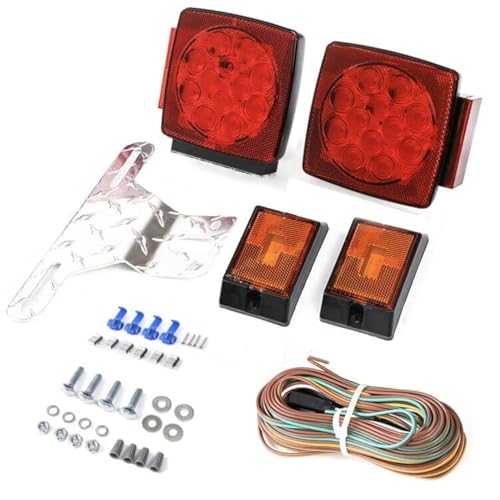Boat hull has been yard art for a long time, and I've been procrascinating because I'm stuck with the water inlet still. So I made a jig to hold things while I sort it out. I'll be using the cast pump shoe and grate, but need to make the upper portion out of metal. And the shape is complex enough to stall progress. But simple enough that I'm too cheap to buy a commercially made cast water inlet.


Next, I examined the cast pump shoe to determine which portion I need to save, and which portion to delete, and how to go about cutting it. I do have a hack saw, but hand tools are for chumps

I managed to clamp it in my vise, and hack it off with the circular saw. I managed to keep all my fingers too.

A lot more trimming is needed, but this at least is a reasonable start.

Next step is to mark the outer hull before I get too carried away building the powertrain cassette.


Then back inside to build the water inlet.

Clamping the pump shoe is still tricky. There aren't any strong parallel surfaces for it to be held properly in the bench vise. So I had to improvise, using ancient woodworking technology: the holdfast. With no moving parts, these clamps were designed centuries ago. With it held securely, I was able to use the carbide burr on the die grinder to trim it. Then a vixen file to (hand!) finish the edges.



Next, I examined the cast pump shoe to determine which portion I need to save, and which portion to delete, and how to go about cutting it. I do have a hack saw, but hand tools are for chumps

I managed to clamp it in my vise, and hack it off with the circular saw. I managed to keep all my fingers too.

A lot more trimming is needed, but this at least is a reasonable start.

Next step is to mark the outer hull before I get too carried away building the powertrain cassette.


Then back inside to build the water inlet.

Clamping the pump shoe is still tricky. There aren't any strong parallel surfaces for it to be held properly in the bench vise. So I had to improvise, using ancient woodworking technology: the holdfast. With no moving parts, these clamps were designed centuries ago. With it held securely, I was able to use the carbide burr on the die grinder to trim it. Then a vixen file to (hand!) finish the edges.











































































































